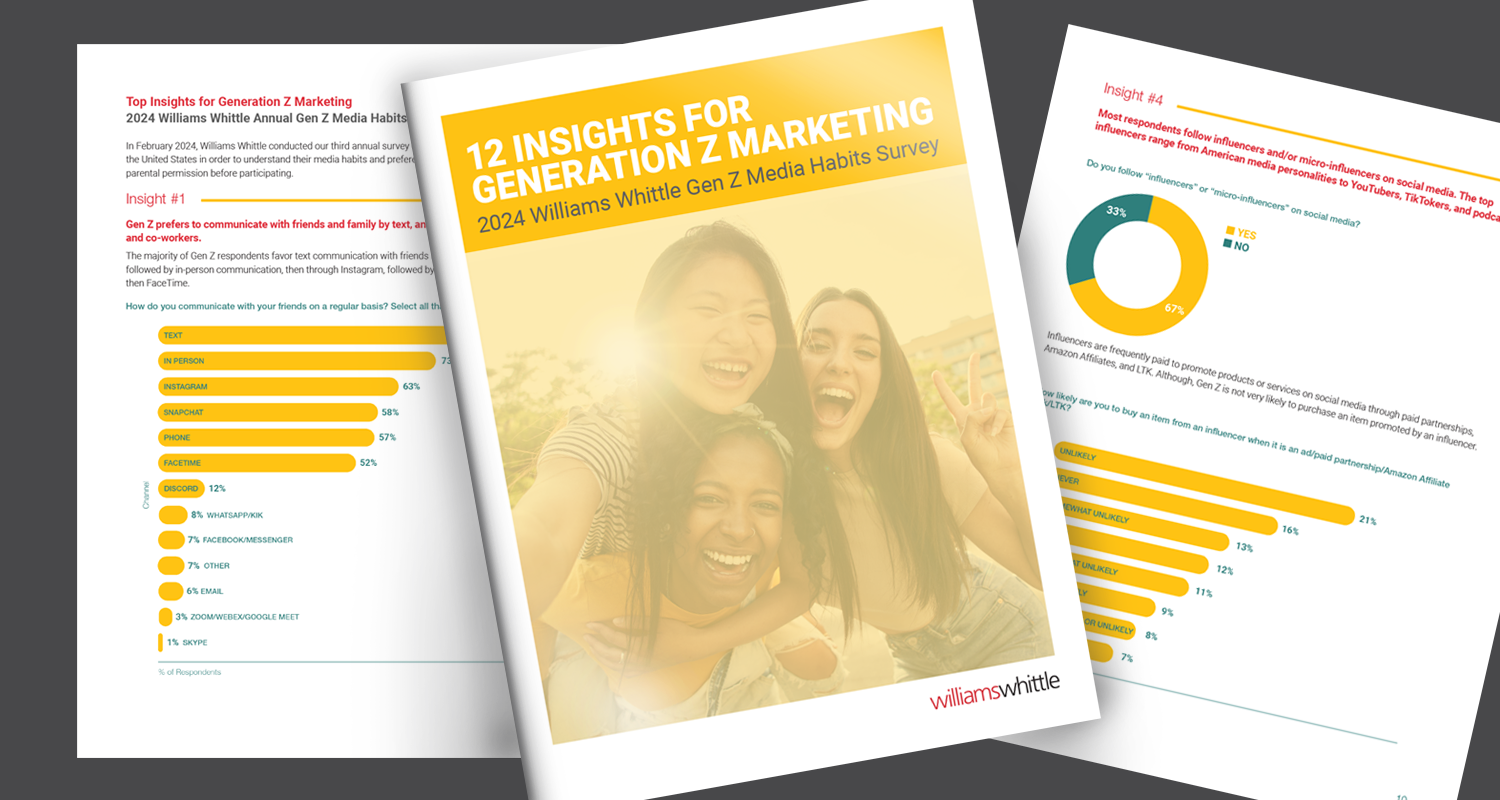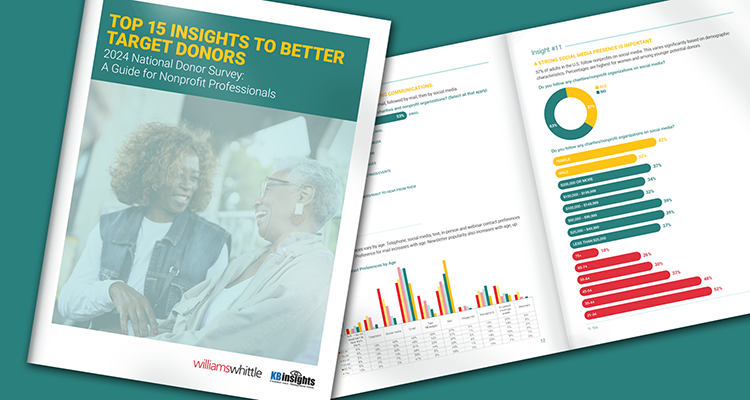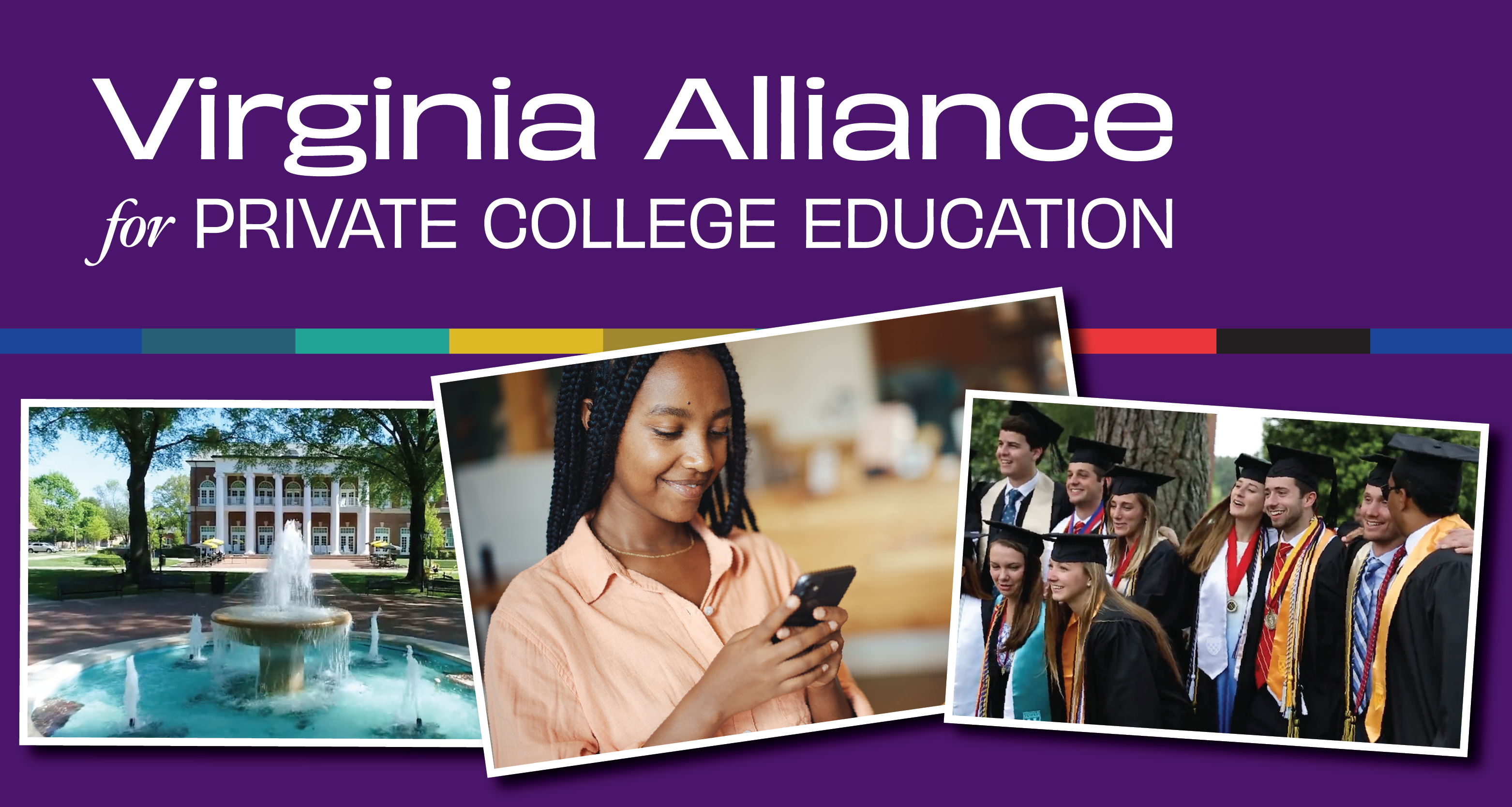Nonprofits are always struggling with getting noticed. One of the best ways to get noticed is through social media, but it’s also one of the hardest. So how do you get through the noise? Our Powerful and Practical series helps you break through to get your message heard!
What’s your purpose (on social)?
Social media gets a lot of attention from marketers, but it should only be one channel within your larger communication strategy. Consider the Hub and Spoke model where your website is the hub with all your content, and your spokes share out the information and draw people in to your website, where they can take further action. Social media is just one of your spokes, and each channel is slightly different.
Given that, consider how your “social media spoke” best supports the whole wheel. What audience is best for you to target on social media? What content do you have that’s the best fit for social? What tone fits that audience, your content, and your brand? Once you define those three things, your social media has a strategy. Next, it’s about how each channel can be optimized for that particular audience.
What do you post?
Your content is the next piece of the puzzle. Once you have your social media goals laid out, it’s about determining what content will inspire your audience to help you achieve that goal.
In terms of what types of content to post for the best engagement, think about (and write down) your typical follower. What are they interested in? What do they want to learn about or improve upon? Use that as a guide for your content.
For Twitter, visuals are great and should be included, but are not completely necessary. Just a simple tweet with a fact, quote, or even observation can get the same amount of engagement as a tweet with a great visual.
In early 2017, the most retweeted tweet of all time was a photo that Ellen DeGeneres posted from the Oscars, with about 10 other radically famous people). What surpassed her?
A high-schooler who wanted free chicken nuggets for a year.
Now, that is viral content, which no one should expect their nonprofit to produce. A steady stream of relevant and engaging content is far more important than viral content. Some of my most valuable content for my clients has come from the following:
• Reports (data, stories, etc.)
• News
• Local events
• Competing local organizations (seriously!)
• National organizations with a similar focus
• Local celebrities
• Local reporters
When should you post?
This is the ongoing debate, and you’ll never get a final answer. My general rule of thumb is to tweet earlier in the morning (before noon), which is backed up by this Buffer study. But honestly, it’s not as important as when you tweet as how often you tweet.
The biggest thing about Twitter is consistency. You want to make sure that you’re tweeting at least 2 times a day, and hopefully far more than that. Twitter, unlike Facebook, doesn’t ding you for posting too much, which means you have much more freedom to post when/how much you want.
The bottom line: Twitter is about volume, not length. If you find a local news story you think is interesting, pull out quotes, facts, or insights and break it into 4-5 tweets to share over two days. You’ll get multiple bites out of the apple, and will be sharing solid content with your followers.
Other quick tips for boosting engagement:
Don’t link your social accounts
It can be tempting to link your social media accounts, auto-posting a Facebook post to Twitter, or vice versa. But I urge you to not do it! Every social post should be written in a slightly different way, depending on the channel. Twitter posts, of course, have a limit (though that limit has now been doubled to 280 characters, as of September), which should always be respected, to avoid horrible-looking links at the end of your post.
The one exception, however, is Instagram. Ever since Facebook bought Instagram, they work quite nicely together. If your organization has an Instagram account, feel free to auto-post your Instagram photos to Facebook (or Twitter).
Remember links!
Twitter is all about links. Make sure that most (if not all) of your tweets have a link giving people a chance to visit your website, or the original piece of content. And since tweets can be longer now, you have more space to include a hashtag and a link, which doesn’t limit your content too much.
Get verified
Getting verified on social media seems like a headache, but is actually a fairly easy way to stand out among other accounts. It adds that little checkmark on your profile and lets people know that you’re legitimate. Buffer also has a great step-by-step guide for how to get verified.
Allison is a nonprofit communications consultant and friend of Williams Whittle who specializes in creating affordable communications strategies for small nonprofits. She has five years of nonprofit and association experience including developing communications strategies, conducting an organizational rebrand, and building a custom social network.



